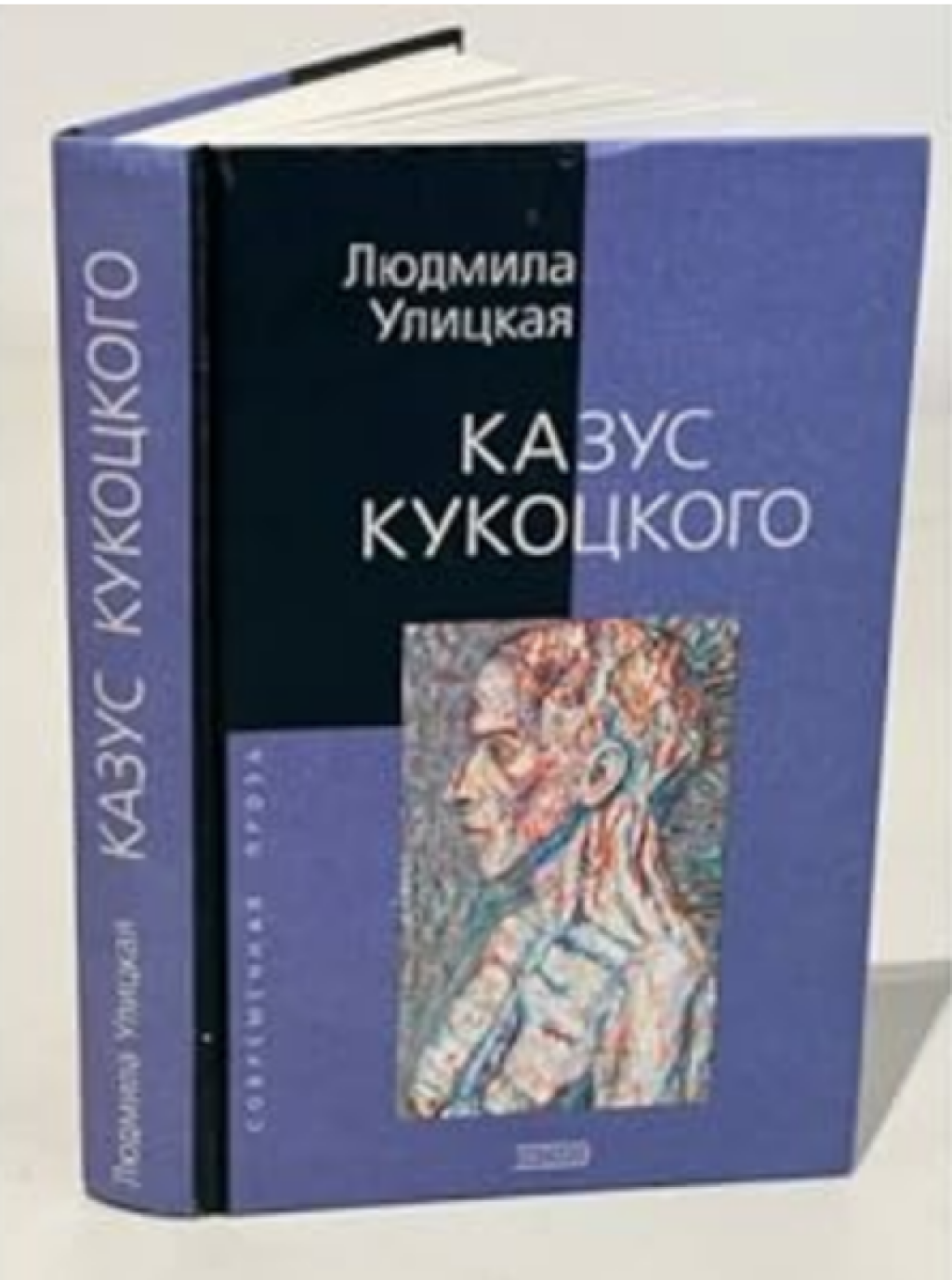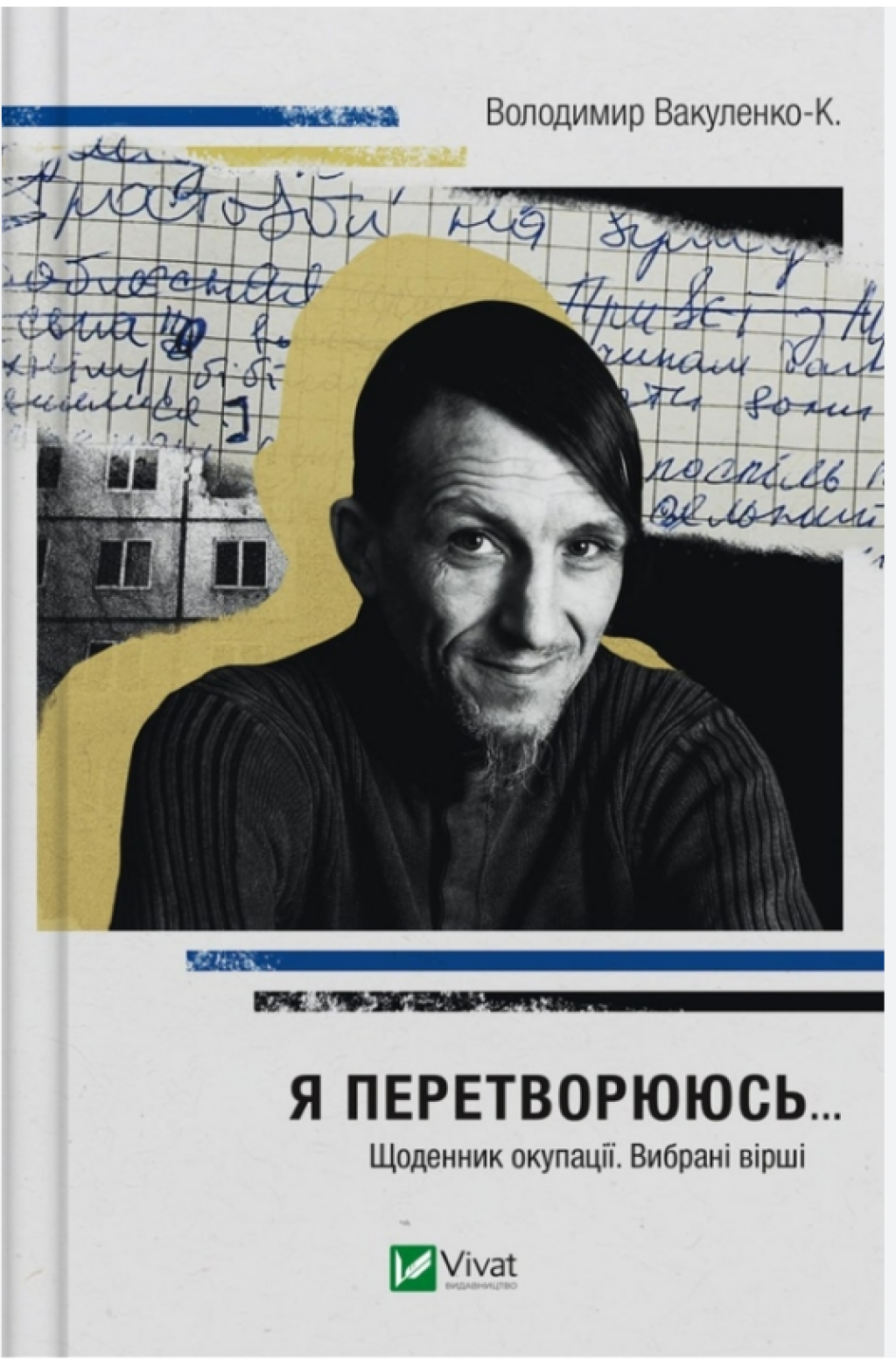Melissa L. Miller is Assistant Professor of Russian at Colby College. Her articles on Chekhov, Tolstoy, and Ulitskaya have appeared in The Russian Review and SEEJ. She is the co-editor of The Russian Medical Humanities: Past, Present, and Future and is currently working on a monograph on midwives in nineteenth and twentieth-century Russian literature and culture.
This post is excerpted from an article that originally appeared in the Russian Medicine, Literature, and the Arts Forum in The Slavic and East European Journal 66.4 (Winter 2022): 551–567. It is reproduced here with permission from SEEJ.
A trained geneticist, author Lyudmila Ulitskaya is often asked how her first career impacts her creative work. She has responded, “The most interesting thing in the world for me is the human. And my profession, genetics, is, of course, a conversation about the human.” Ulitskaya’s novels, too, are large, even unwieldy, conversations about how personal biology authors—and undermines—individual stories.
Her most controversial work, The Kukotsky Case (2001), explores how abortion, genetic research, and childbirth are all intertwined. Spanning multiple generations and political regimes, the novel features the pregnancies of a young scientist, Tania Kukotskaia, who is dedicated to unraveling life’s origins. Her father, Pavel, is a distinguished gynecologist who navigates changing laws on women’s health in the Stalinist Soviet Union, while her mother, Elena, opposes her husband’s compassion towards those who have terminated their pregnancies. Tania herself is caught in the middle: while loyal to her birth mother, she has more in common professionally and philosophically with her adoptive father.
Ulitskaya’s writing often refers to classic Russian authors, such as Chekhov, Dostoevsky, and Tolstoy, particularly regarding their depictions of women, pregnancy, and mothering. In this tradition, as Barbara Heldt has shown, childbirth is usually narrated from the point of view of male birth attendants, such as physicians and feldshers. This phenomenon—which today we would call an example of the medical gaze—was codified as predominantly male, since most doctors were men. As a result, these depictions of pregnancy, parturition, and the postpartum period have a clinical detachment far removed from the mother herself.
But Ulitskaya invokes this canon to depart from it. While the doctor’s expert presence has usually served as a barrier, Ulitskaya uses the medical gaze to bring the pregnant woman closer to her child: in Ulitskaya’s text, doctor and patient sharethe medical lens. This depiction is no easy task. Ulitskaya herself recognizes the enormous difficulty of writing about personal physical experiences, such as human reproduction: “[T]he Russian language is very chaste… All we have are medical terms, the unusable dirty words, not included in any academic dictionaries, or euphemisms. Writing about delicate, very intimate experiences with such philological resources is a challenge.”
To meet this challenge, Ulitskaya uses medico-scientific vocabulary precisely and sparingly, weaving it into passages that are lush with metaphor and poetic cadence. This set of choices creates a linguistic register that is unique to Ulitskaya and marks her specific contribution to Russian letters for describing the pregnant body.
A specific example in The Kukotsky Case occurs during Tania’s fifth month. To bond with her growing child, Tania asks her father for a verbal X-ray to see inside her own pregnancy. His response marries scientific vocabulary with the serene imagery of the natural world. Kukotskii imagines Tania’s little one as a boat located in the peaceful waters of her amniotic fluid, tied to the pier of her womb by the rope of their shared umbilical cord. It is significant that in Russian, people and boats both “swim” (plavat’) in the water.
In the following passage, an outstanding phonetic feature in the original Russian is the use of sibilant consonants, or fricatives that are produced in human speech by directing a stream of air with the tongue toward the teeth. The letters s, z, ch, sh, shch, and zh below mimic the gentle roll of waves lapping against a shore, the predominant noise that Tania’s baby can detect as his ears develop (the relevant sounds appear in bold).
When Tania asks her father about her baby in utero, he tells her:
Он плавает сейчас, как лодка на привязи, туда-сюда. Подвешен на кордоне, на пупочном канатике, и слушает, наверное, как плотные волны ходят, густая влага обтекает его бока, поджатые ноги. Они у него скрещены, он почти в позе лотоса. И ногти на ногах уже завязываются. Ушная раковина сформировалась, но она еще кожистая, хряща нет. И, знаешь, ушки довольно большие у него. Интересно, слышит ли он то, о чем мы говорим. Знаешь, я этого не исключаю.
He is floating right now like a rowboat tied to a pier, back and forth. Suspended from a mooring by the cable of his umbilical cord, and listening, probably, as the dense waves come and go, the thick amniotic fluid flowing about his sides and his tucked-under legs. They’re crossed, almost in a lotus pose. And the nails on his feet are already forming. And the auricles of his ears have already formed, but they’re still only skin, without any cartilage. And you know, those little ears of his are big. I wonder if he can hear what we’re talking about. You know, I don’t rule that out.
This connection between Tania, her doctor, and her child is marked by an intimate medical lyricism, wondrous in both its beauty and precision. Tania’s quest to grasp the physical and psychological intricacies of her changing condition thus mirrors Ulitskaya’s own struggle to find a language with which to create and endows the text with many of its most moving passages.


